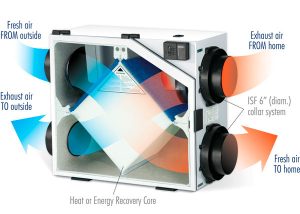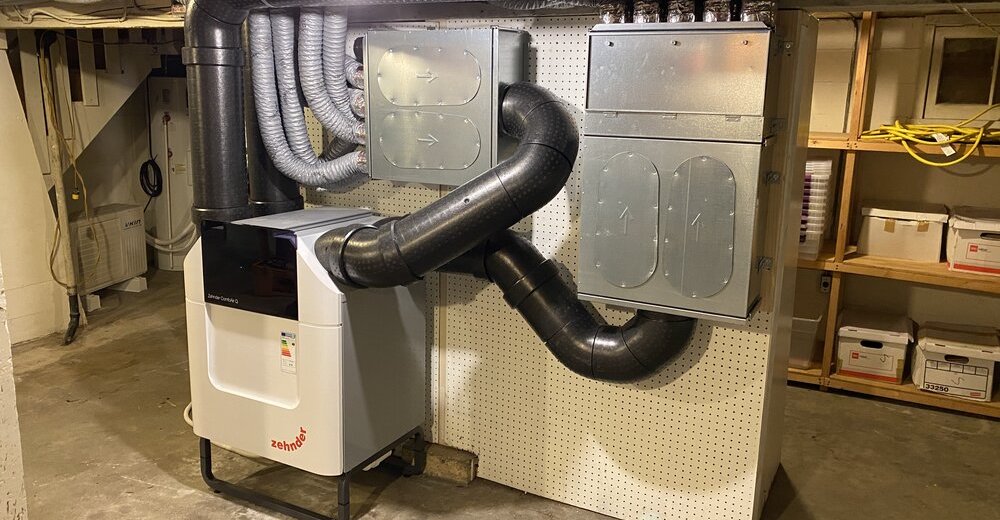Best Energy Recovery Ventilators
If you’re searching for a smart,
long-term home air solution, an
energy recovery ventilator might be exactly what your home needs. Unlike standard exhaust fans, a residential energy recovery ventilator doesn’t just push stale air out—it replaces it with fresh outdoor air while transferring heat and moisture between air streams. This means better temperature control, balanced humidity, and lower energy waste. Whether you’re dealing with dry winter air or summer humidity, this system works quietly in the background to keep your air fresh and comfortable. Homeowners often don’t realize how much air quality affects daily health until they install a system like this. And if you’re in a compact space, a single-room energy recovery ventilator can provide the same benefits without the need for full ductwork.
Our air quality experts often recommend these systems as part of broader Quality Air Solutions, especially in newer, tightly sealed homes where ventilation is limited. As an indoor air quality company, we’ve seen how poor airflow contributes to allergy symptoms, fatigue, and high energy bills. Pairing an ERV with an HRV heat recovery ventilation system can address multiple eco problems and solutions in one go—saving energy while enhancing comfort. If you’ve been searching for an indoor air quality specialist near me, we’re here to help evaluate your space, recommend the right system, and ensure it’s professionally installed. Clean air doesn’t have to be complicated—just build it right into your home from the start.
Top 4 Energy Recovery Ventilators for Quality Air Solutions
Here we will discuss the best energy recovery ventilators, which are the most reliable and suitable for your homes. While the humid air pollution in Florida affects your environment and health, these ventilators are the best solution to remain healthy and active. Read and choose the best system according to your need and home design.
Plate-Type ERV (Fixed Core)
Uses a solid core made of special material that transfers both heat and moisture between incoming and outgoing air streams.
- Pros: No moving parts, durable, low maintenance.
- Best for: Residential homes and smaller commercial spaces.
Rotary Wheel (Enthalpy Wheel) ERV
Has a rotating wheel that absorbs heat and moisture from one airstream and transfers it to the other as it spins.
- Pros: High efficiency, handles large volumes of air.
- Best for: Larger homes, commercial buildings, and facilities needing high ventilation capacity.
Run-Around Coil ERV
Uses a closed-loop system of coils filled with fluid to transfer energy between air streams.
- Pros: No cross-contamination; flexible for buildings where ducts can’t be side-by-side.
- Best for: Complex buildings or homes with unique ducting challenges.
Dual-Core ERV
Two fixed plates or cores that switch air direction periodically to improve moisture transfer.
- Pros: Good balance of efficiency and reliability.
- Best for: Residential or light commercial use.

FAQs About Energy Recovery Ventilators
Conclusion


